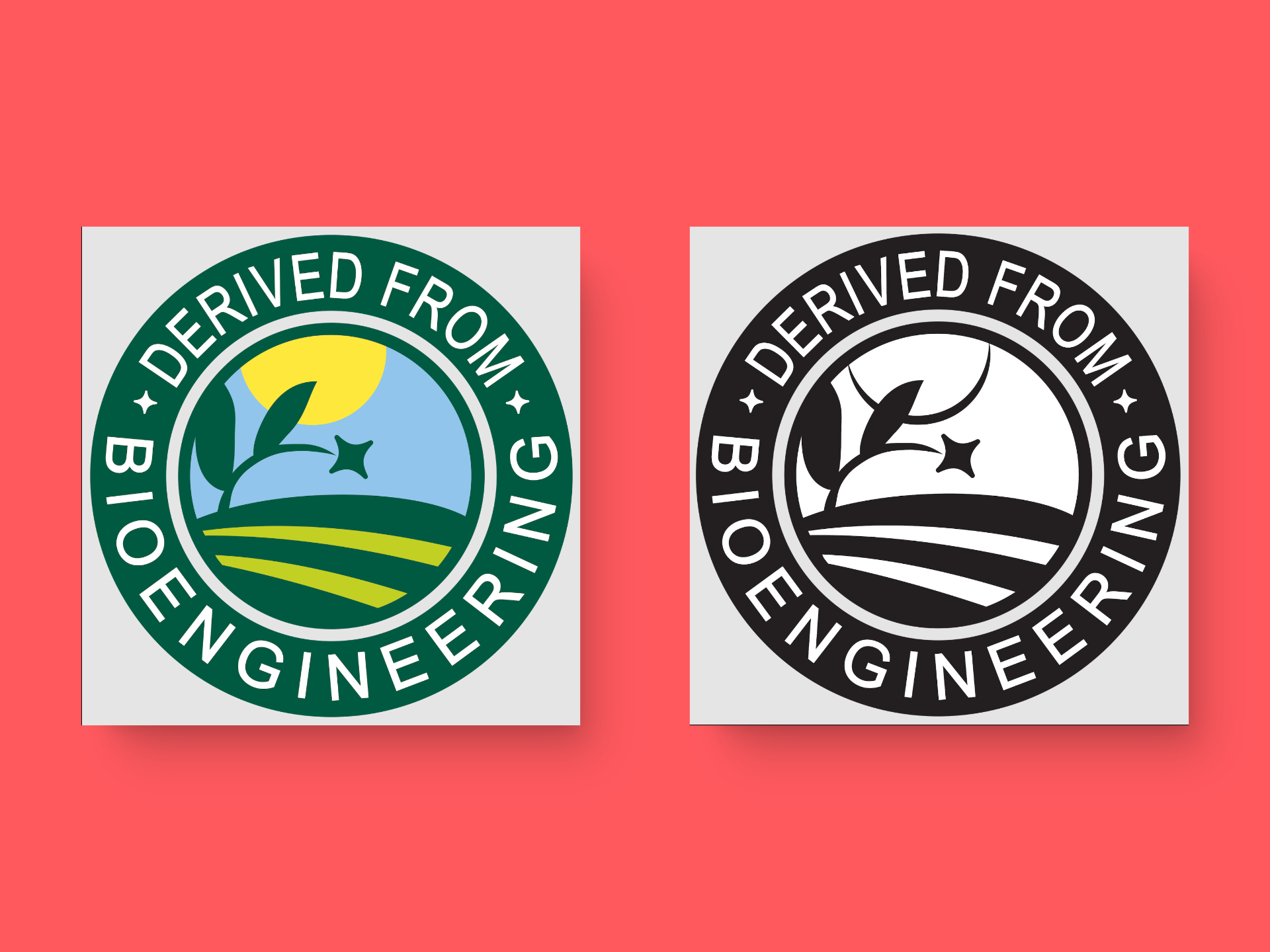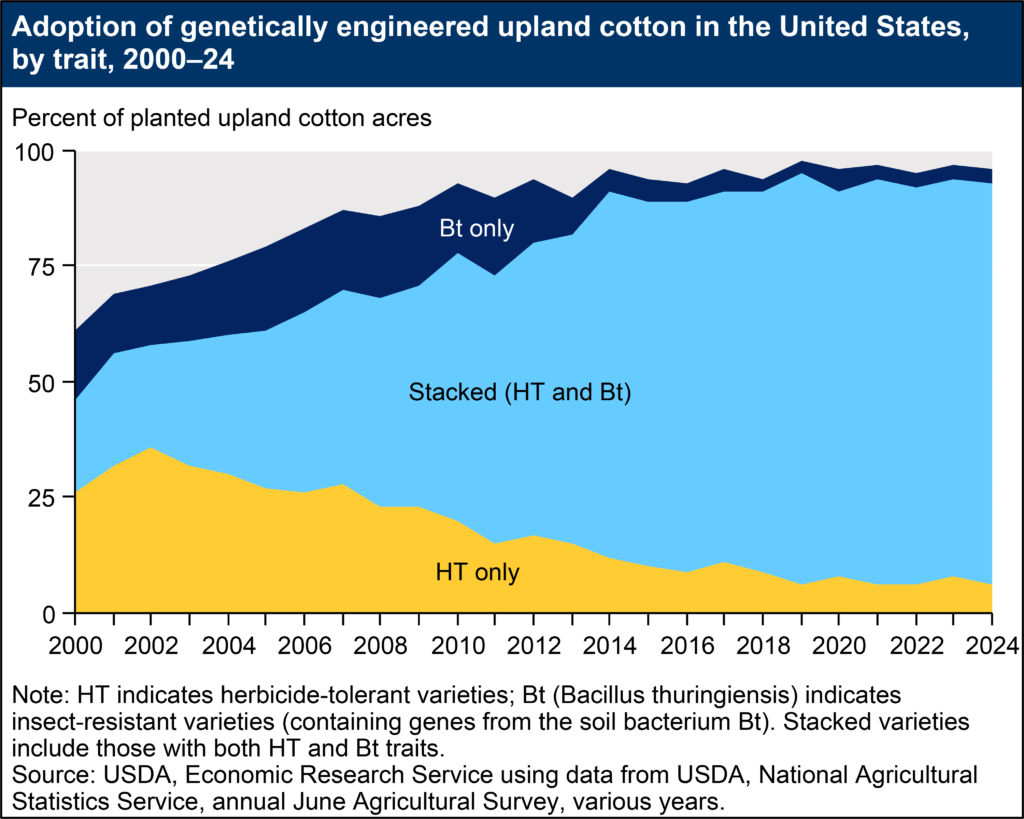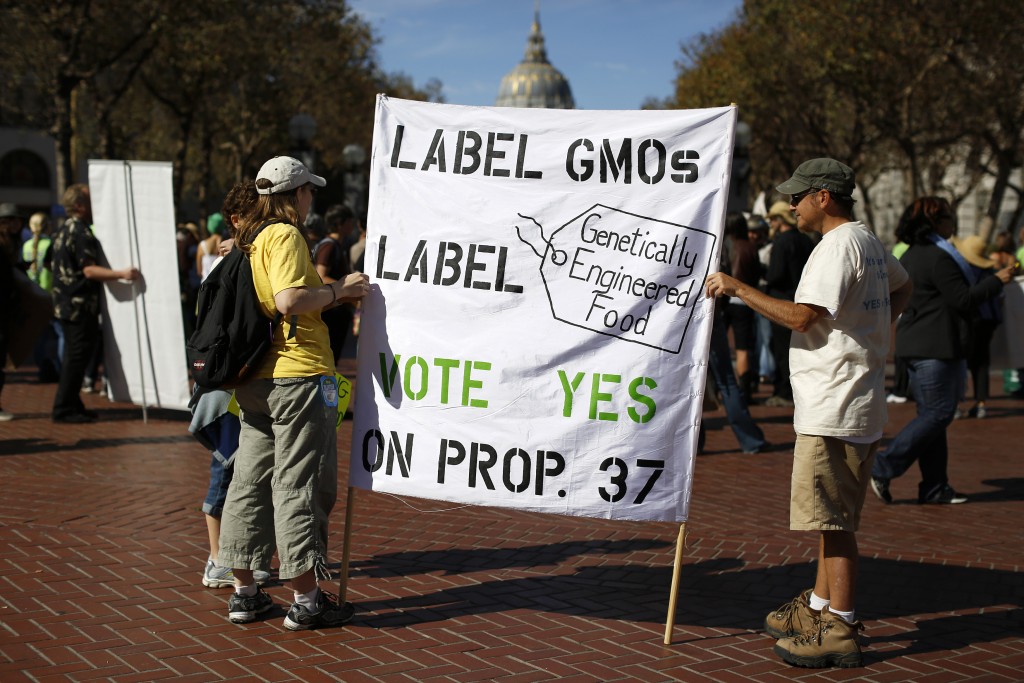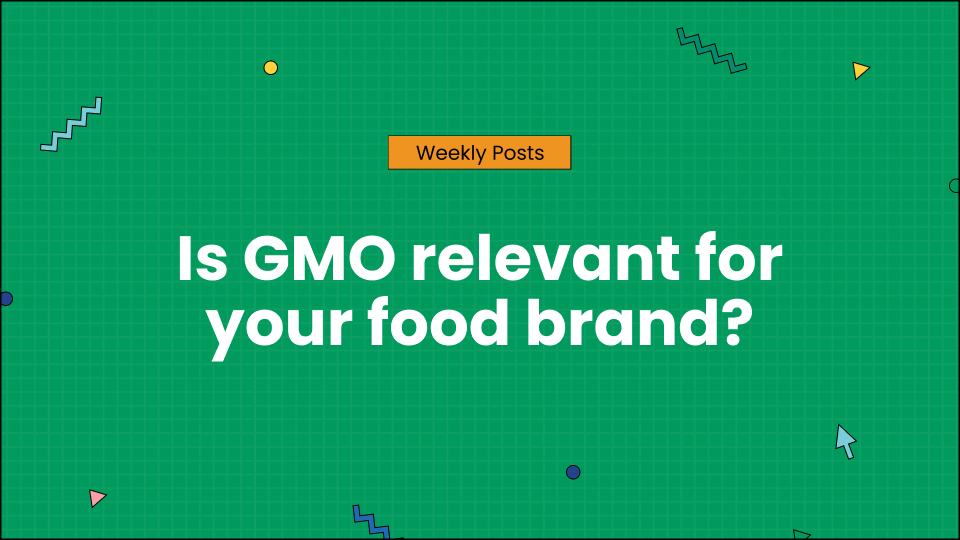2 years ago, on Jan 01’2022, the U.S. Department of Agriculture mandated labeling for food that contained genetically modified ingredients.
The law was passed to increase transparency for consumers, but it presents yet another compliance hurdle for food manufacturers. As companies scramble to update their packaging, the industry is once again faced with navigating complex labeling requirements, ensuring they meet legal standards while maintaining brand consistency.
So if you’re a product manager looking for resources to educate themselves and their team on GMO and its labeling guidelines, this guide is for you.
GoVisually has put together a comprehensive guide that breaks down everything you need to know about GMO foods and their labeling. From understanding what GMOs are, to global adoption, regulations, and why it matters for your food choices—we’ve got you covered.
And more! So keep reading as we distribute the complex information data on GMO into digestible bits for better comprehension.
Table of Contents
What is GMO?

GMOs, or Genetically Modified Organisms, are living organisms whose genetic material (DNA) has been artificially manipulated in a laboratory through genetic engineering. This science creates combinations of plant, animal, bacteria, and virus genes that do not occur in nature or through traditional crossbreeding methods. People often call it genetic engineering as well.
GMO crops are often engineered to be more resistant to pets, disease, and harsh environmental conditions.
Let’s take Hawaii’s papaya for example. In 1940 ringspot papaya virus hit Hawaii and spread to almost every papaya growing area by 1990.
The production of papaya in Hawaii dropped by a whopping 50% due to the virus, and that’s when the scientists introduced “rainbow papaya”. This genetically modified papaya was a mix of SunUp and Kopoho variety, which was naturally resistant to this virus. Within four years of Rainbow papaya being marketed, papaya production returned to pre-virus levels.
What do GMO labels look like?
As per Agricultural Marketing Service (AMS), there are only two types GMO labels companies can use.
The first option features a symbol indicating “bioengineered,” which is available in both color and black & white.

The second option displays the phrase “derived from bioengineered,” also offered in colorful and black & white versions.

These standardised labels ensure clarity for consumers regarding genetically modified ingredients.
Understanding the adoption of GMO in the US

Source: USDA ERS
The United States has been at the forefront of GMO adoption since the commercial introduction of Genetically Engineered (GE) seeds in 1996. So in this section, we will provide a comprehensive overview of GMO adoption trends in the US using ERS backed data and insights.
Key Points in 2023-2024 Trends
1. Widespread adoption
Over 90% of U.S. corn, upland cotton, and soybeans are now produced using GE varieties. This high adoption rate has fundamentally transformed the agricultural landscape, significantly impacting the entire CPG supply chain from farm to shelf.
GMO ingredients are now the new normal rather than the exception in many product categories.
2. Dominant GMO traits
Herbicide-tolerant (HT) and insect-resistant (Bt) traits remain the most widely used in GE crops. Ingredient sourcing and product claims are affected by these traits, especially for brands positioning themselves as “natural” or “eco-friendly”.
With 96% of soybean acres planted to HT technology in 2024, the market has reached near-complete saturation.
3. Crop-specific trends:
Let’s look at the crop-specific trends in 2024 in this section;
- 90% of corn acres were planted with HT seeds and 86% with Bt traits

- Cotton saw 93% HT adoption and 90% Bt adoption

- Soybeans reached 96% HT adoption
So if you’re an “organic” or “100% natural” brand, ask your supplier about the crops. And considering these high percentages for major crops, it appears that CPG companies will need to make strategic product formulation and marketing decisions to avoid GMO ingredients entirely.
4. Rise of stacked traits
Stacked traits is the process where crops are genetically modified to express multiple beneficial traits simultaneously. And as per ERS’s 2024 report, there has been a rapid increase in the adoption of two major stacked traits varieties—HT and Bt traits.
In 2024, 87% of cotton acres and 83% of corn acres used stacked seeds. This trend towards multi-trait GMOs could lead to more complex considerations for labeling and consumer communication, as products may contain ingredients with multiple engineered traits.
5. Consistent Growth:
GMO adoption rates have shown steady increase since 1996, with particularly rapid growth post-2000. However, recent plateaus in adoption rates suggest that GMO technologies have reached saturation on the market.
In the CPG industry, this stability can lead to some predictability in sourcing, but it is also important to stay aware of emerging biotech trends that could challenge the status quo.
6. Influence of Pest Pressures
Adoption rates for Bt crops may fluctuate based on the severity of pest infestations in a given season. This variability can impact sourcing strategies for CPG companies, potentially affecting ingredient availability and prices. It also highlights the need for flexible supply chain management and potentially for diversified sourcing strategies to mitigate risks associated with crop failures or shortages.
US GMO labeling laws
Still confused about which GMO labeling laws you’re supposed to follow? Feeling lost by conflicting GMO regulations and information is normal, as there’s so much in consideration.
With that said, we have simplified the regulations and other GMO-related information here. We can assure you by the end of this section
Voluntary VS. Mandatory Labeling
The US has divided GMO labeling into two primary categories; voluntary and mandatory.
Voluntary labeling is used more like a marketing strategy by brands, instead of regulatory requirement. For example, companies like Ben & Jerry’s use it to attract consumers and make profit. It is something similar to other food trends like “made with all-natural ingredients”, “now with more fiber”, etc.
While about mandatory labeling—as the name suggests, these are the mandatory labeling requirements by FDA that need to be followed, like other food labeling requirements.
Let’s break it down into digestible bits using a table.
| Voluntary Labeling | Mandatory Labeling |
| Companies can choose whether to label GMO ingredients or not | All products with GMO ingredients must be labeled |
| Only products labeled as “Non-GMO” or “USDA Organic” are guaranteed GMO-free | All products would clearly indicate if they contain GMOs |
| Only consumers who choose to buy labeled products bear the costs of verifying whether the food contains GM ingredients. | All consumers—concerned or non-concerned, share the costs of labeling |
| Includes USDA Organic certification, which inherently excludes GMOs, providing a clear non-GM option | Labels should include each specific GM ingredient and its level of content in the product. |
Standard’s take on GMO labeling laws
Apart from voluntary and mandatory labeling, National Bioengineered Food Disclosure Standard (NBFDS) has also released a few labeling guidelines on bioengineered foods. According to NBFDS, bioengineered foods contain detectable genetic material that has been modified through specific lab techniques and cannot be created through conventional breeding or found in nature.
Here are the specific labeling requirements:
1. Foods that meet the definition of bioengineered must use one of these approved disclosure methods:
- Text on the package stating “bioengineered food”
- The bioengineered food symbol
- Directions for using a phone to find the disclosure (e.g., QR code)
2. The labeling applies to foods containing detectable genetic material that has been modified through specific lab techniques and cannot be created through conventional breeding or found in nature.
3. These labeling requirements are mandatory for food makers, importers, and certain retailers selling foods that are bioengineered or contain bioengineered ingredients.
These labeling requirements are designed to help consumers easily identify whether the food they are purchasing contains bioengineered ingredients.
Requirements of GMO labeling by Agriculture Marketing Service(AMS), USDA

Understanding the requirements for GMO labeling is important for food manufacturers, retailers, and importers. The NBFDS sets forth specific rules for bioengineered (BE) foods to create a uniform national standard for disclosing bioengineered foods, providing consistency for both consumers and food producers.
Read on to learn what foods require disclosure, how to make that disclosure, and who is exempt from these requirements.
List of Bioengineered Foods
The USDA maintains a list of bioengineered Foods needs to be disclosed. This list is essential for identifying which foods or ingredients might trigger the need for a bioengineered food disclosure.
The list includes
- Alfalfa, apple (ArcticTM varieties)
- Canola
- Corn
- Cotton
- Eggplant (BARI Bt Begun varieties)
- Papaya (ringspot virus-resistant varieties)
- Pineapple (pink flesh varieties)
- Potato
- Salmon (AquAdvantage®)
- Soybean
- quash (summer)
- Sugarbeet.
Food manufacturers should regularly check this list to ensure compliance with labeling requirements.
What does a GMO label look like?
As per National Bioengineered Food Disclosure Standard, there are many options to disclose BE food information on the label. Some of the options include
- Text disclosure (e.g., “bioengineered food” or “contains bioengineered food ingredients”)
- Symbol disclosure (using the USDA-approved bioengineered food symbol)
These are some approved AMS-approved symbols;
- Electronic or digital link (e.g., QR code with accompanying text)
- Text message disclosure
Regardless of the method chosen, the disclosure must be prominent, conspicious, and easily read on the food label.
Exemptions from Disclosure
To balance consumer information needs with practical industry considerations, the NBFDS includes several exemptions. Certain foods and entities are exempt from the bioengineered food disclosure requirement:
- Food served in restaurants or similar retail food establishments
- Very small food manufacturers (less than $2,500,000 annual receipts)
- Food with inadvertent or technically unavoidable bioengineered presence up to 5% per ingredient
- Food derived from animals fed bioengineered feed
- Food certified under the National Organic Program
These exemptions help reduce the burden on smaller businesses and acknowledge situations where bioengineered content is minimal or indirect.
Note: The information in this section is sourced directly from the official National Bioengineered Food Disclosure Standard document. For more details or the latest updates, please refer to the linked document.




